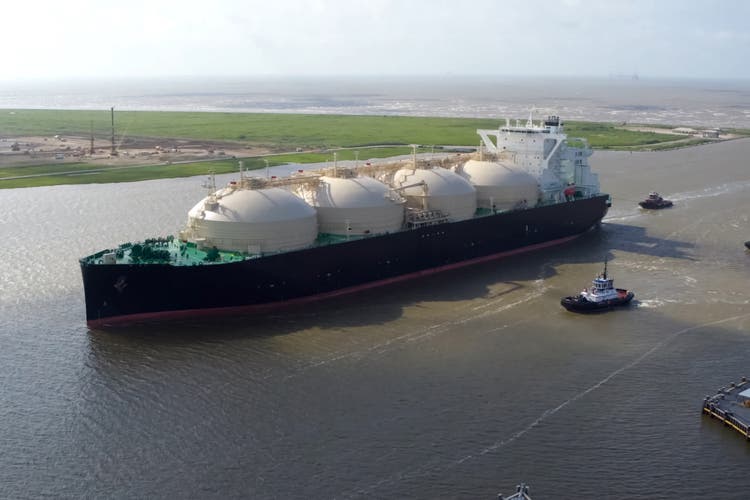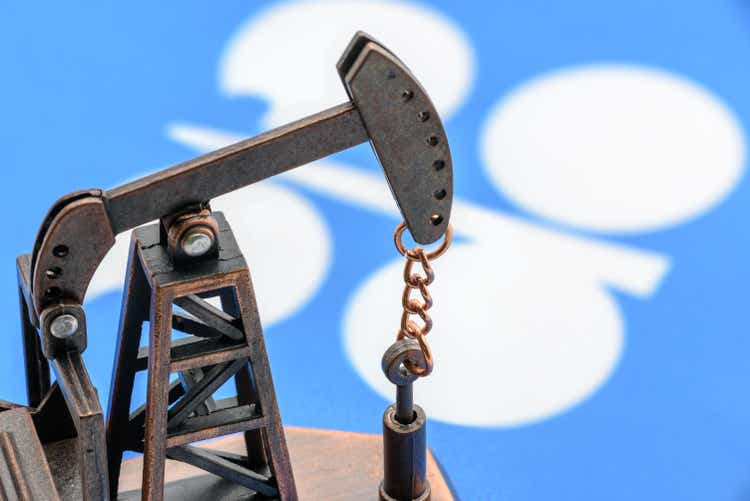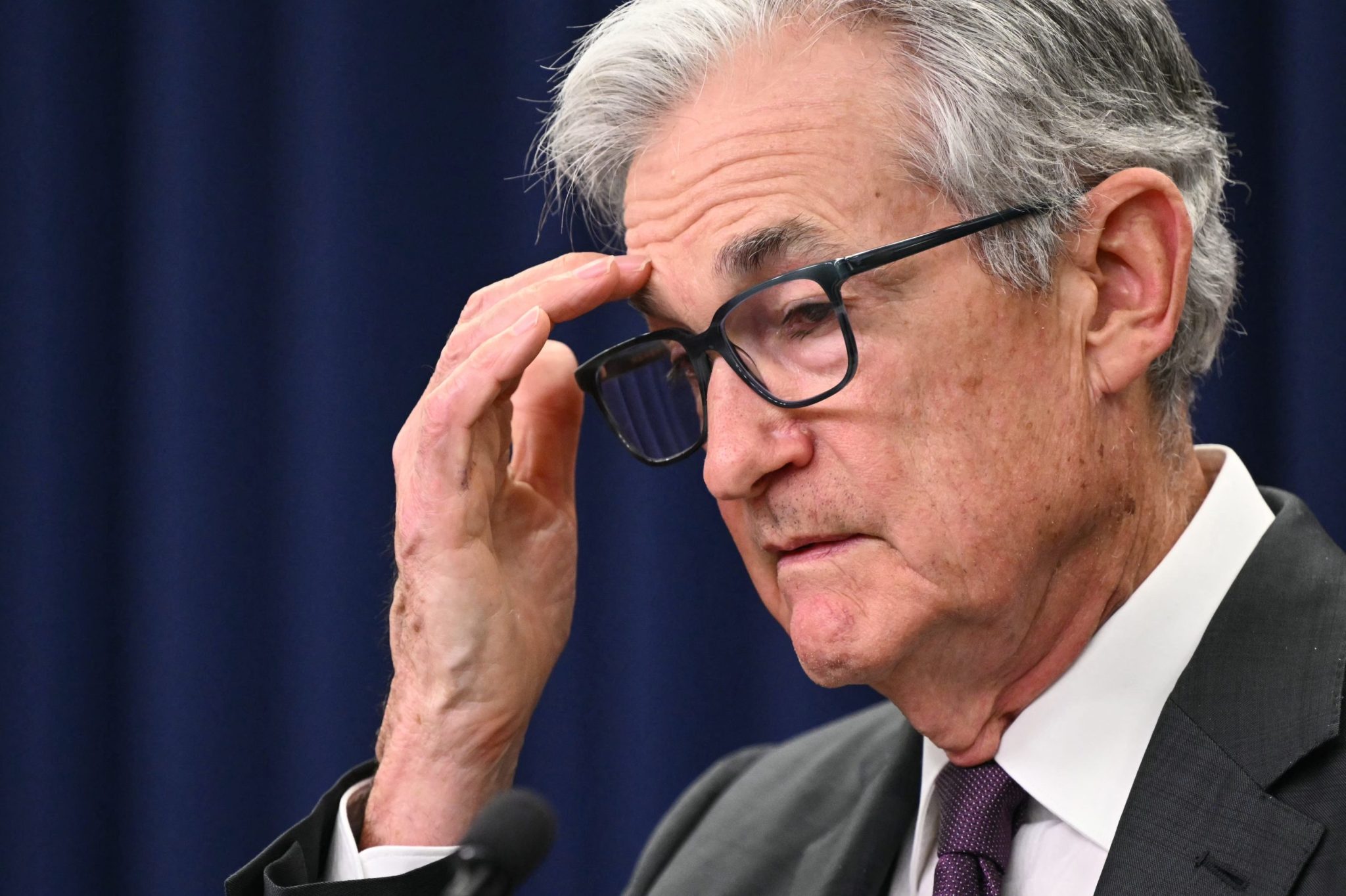Shares of Gujarat Mineral Development Corporation (GMDC) jumped over 11 per cent on Friday to touch Rs 503.25, coming within reach of their all-time high of Rs 505. The move stood out in a quiet broader market, where the BSE Sensex was down 0.17 per cent around mid-morning.
Investor activity was unusually strong, with more than 8.3 million shares changing hands across both the BSE and NSE, suggesting rising interest in the stock.
GMDC Shares: A sharp weekly rally
GMDC has had an impressive run lately. The stock is up 25 per cent over the past week alone — a strong outperformance compared to the Sensex, which edged up just 0.5 per cent in the same time.
Since its 52-week low of Rs 226.20 in March, the stock has surged 122 per cent, helped by improving fundamentals and positive policy developments.
Government push on minerals adds to the momentum
Part of the optimism comes from a fresh policy boost. Earlier this week, the Union Cabinet cleared a Rs 1,500-crore incentive scheme aimed at building India’s recycling capacity for critical minerals — materials considered essential for clean energy and electronics manufacturing.
Investors see companies like GMDC — with its exposure to industrial minerals and state support — as direct beneficiaries of this push.
Who is GMDC and why does it matter?
GMDC is no newcomer. It’s promoted by the Government of Gujarat, which holds a 74 per cent stake in the company. It’s India’s largest merchant seller of lignite and the second-largest producer, with lignite accounting for the bulk of its revenue.
The company plays an important role in Gujarat’s power and industrial sectors, meeting more than 25 per cent of the state’s lignite demand.
Strong quarter and long-term plans in motion
Even with a dip in revenue last quarter, GMDC managed to maintain healthy margins and profitability — a sign of operational efficiency. As of March 2025, it operated four lignite mines with reserves of about 80 million tonnes, enough for nearly a decade of output.
It has also been granted six more lignite blocks with significantly higher reserves — around 360 million tonnes — and plans to begin commercial production by late FY26.

 1 day ago
1
1 day ago
1























 English (US) ·
English (US) ·